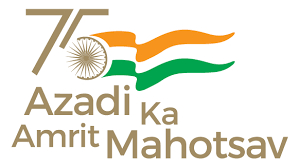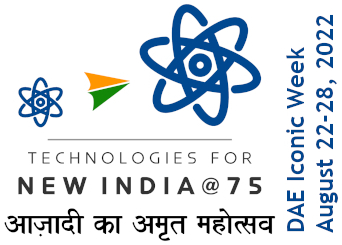Biographical Memoirs :: MEGHNAD SAHA
In December 1937, Sir Arthur Eddington visited India as a member of the delegation of the British Association for the Advancement of Science to the Jubilee Session (1938) of the Indian Science Congress Association held in Calcutta. (Lord Rutherford was to preside at the session but he died a few months before, and his place was taken by Sir James Jeans.) At Saha's invitation Eddington paid a short but memorable visit to Allahabad; he was presented a civic address by the Allahabad Municipality.
In 1938 Saha was offered the Palit Chair in Physics at the University of Calcutta, vacated some years earlier by C. V. Raman who had gone to Bangalore as Director of the Indian Institute of Science. (Raman was succeeded by D. M. Bose who was Palit Professor from 1932 to 1937.) Saha accepted the offer and left Allahabad after a stay of fifteen years there. He occupied the Palit Chair for fifteen years, retiring in 1953 at the age of 60. In Calcutta Saha could not give as much of his time to his research as was possible in the relatively quiet atmosphere of Allahabad. Here a large part of his time was taken up in the administration of the laboratories, in building a new Institute of Nuclear Physics, and the reorganization and expansion of the laboratories of the Indian Association for the Cultivation of Science. Apart from all this, after the partition of India in 1947, he gave a substantial part of his time and energy to the massive human and economic problem of the `refugees' from East Bengal (Pakistan) - it was a call that a man, himself from East Bengal, of his temperament and intense sensibility could not resist.
His researches in Calcutta were concerned largely with the systematics of atomic nuclei, particularly beta-activity; the propagation of electromagnetic waves in the ionosphere; and the problem of the solar corona. In the case of the corona an outstanding problem is that of the mechanism or source responsible for the high-degree ionization - loss of 9 to 13 electrons - of the iron atoms, and also nickel in the inner corona, as conclusively demonstrated by B. Edlen's remarkable work (1938) on the origin of the coronal bright spectral lines. D. Kundu working under Saha showed that some of the lines may be due to highly ionized cobalt atoms. The intense ionization, as also the excessive broadening of the Fraunhofer lines in the scattered radiation from the outer corona, and the strong coronal radio-emission in the region of wavelengths of the order of a few metres, all suggest coronal temperatures of the order of millions of degrees, but the origin of these temperatures which are comparable to those occurring in stellar interiors is largely still an unsolved problem. Saha found it difficult to accept the existence of such high temperatures. In fact, to account for the Edlen lines he advanced in a number of papers the somewhat quaint hypothesis that the highly charged ions necessary for the emission are produced as a result of some form of nuclear fission occurring in the sun's outer atmosphere -- he suggested tri- or quadri-fission of U or Th. The problem of the emission of radio waves from the sun and other stellar bodies also engaged his attention, and he discussed the likely role of the magnetic field and the hyperfine-structure level-splitting of the ground state of the H-atom (Nature, Lond. 158, 717 (1946)). He failed to recognize, at any rate explicitly, the possibility of the occurrence as line emission of the 21-cm hydrogen line in radio spectra. (He was not aware at the time of the earlier prediction (1944) of H. C. van de Hulst.) In collaboration with B. D. Nag Chaudhuri (the present Palit Professor of Physics) Saha investigated the problem of the geological age of some of the Indian rocks.




